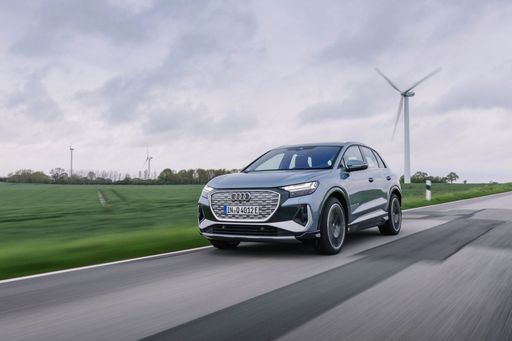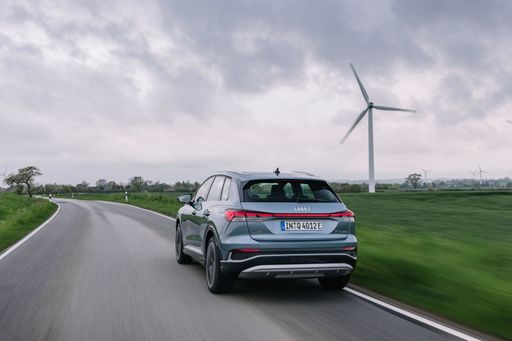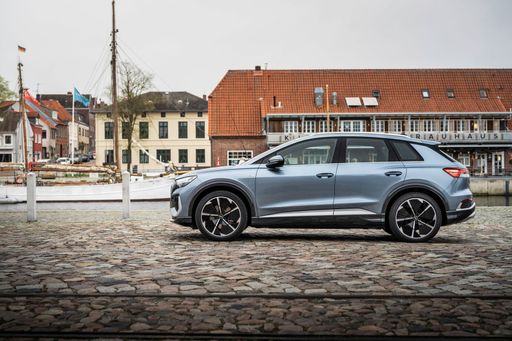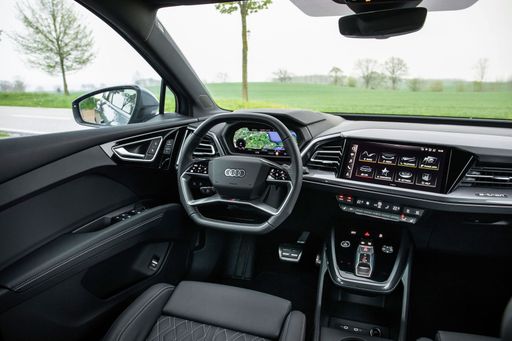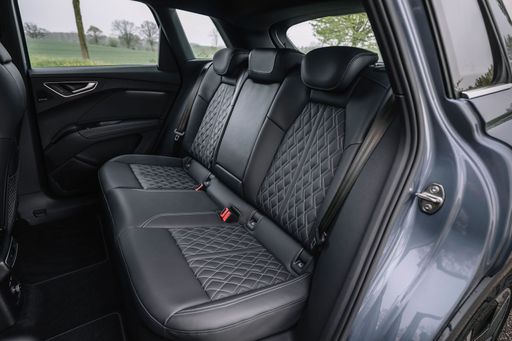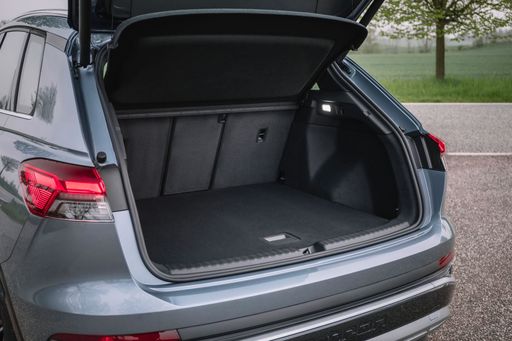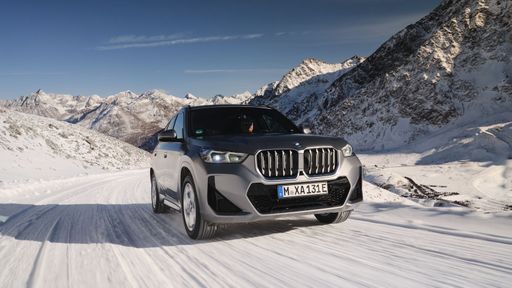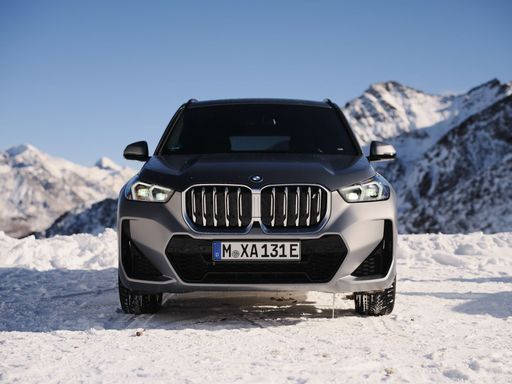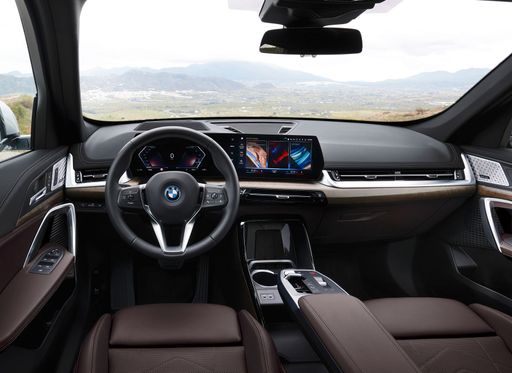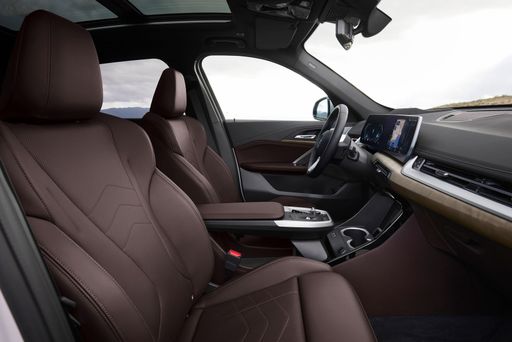Street Stance and First Glance
The Audi presents itself with composed, horizontal lines that whisper refinement, while the BMW prefers a more compact, chiseled posture that hints at athletic intent; both know how to turn heads for different reasons. The Audi's presence reads as understated luxury, a car that ages gracefully in urban settings, whereas the BMW projects youthful energy and a confident, on-the-go personality. Pick on looks alone and you’re choosing between sophistication and a sportier, sharper silhouette.

